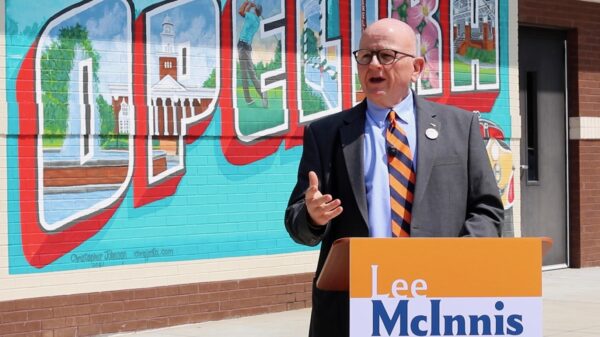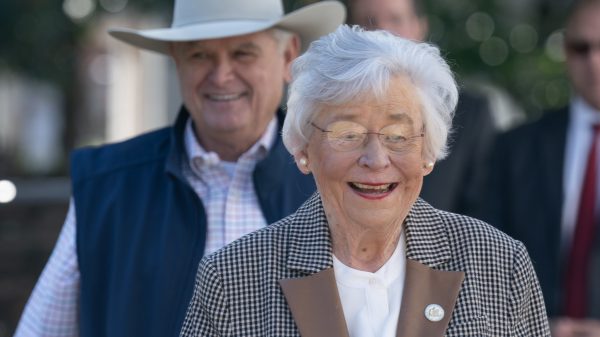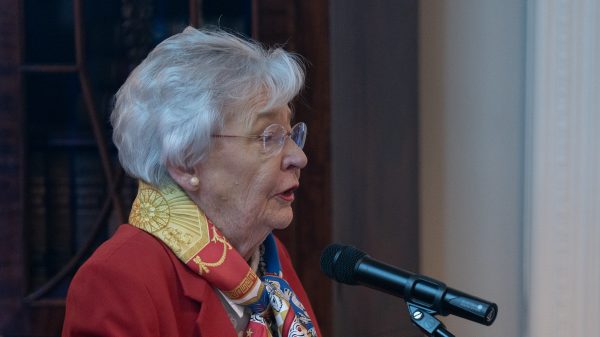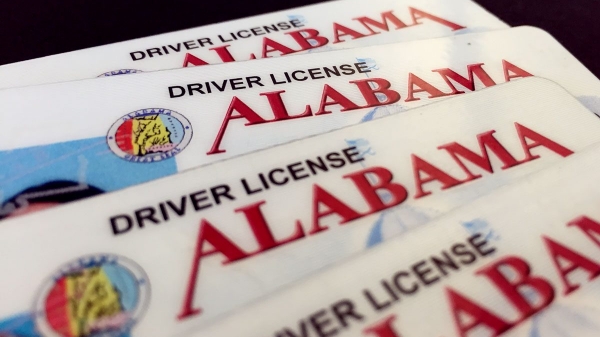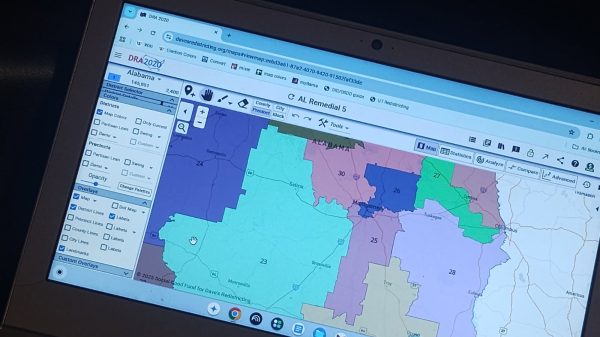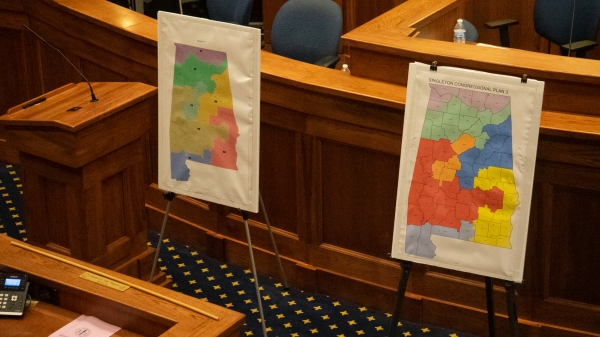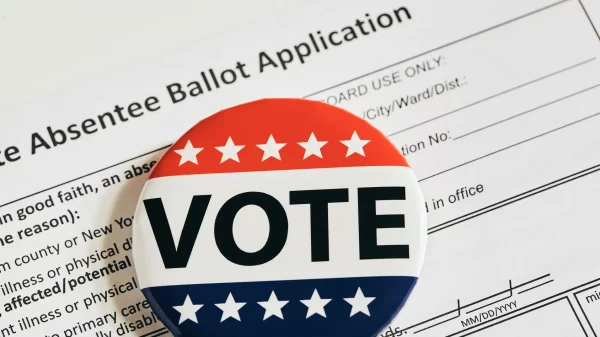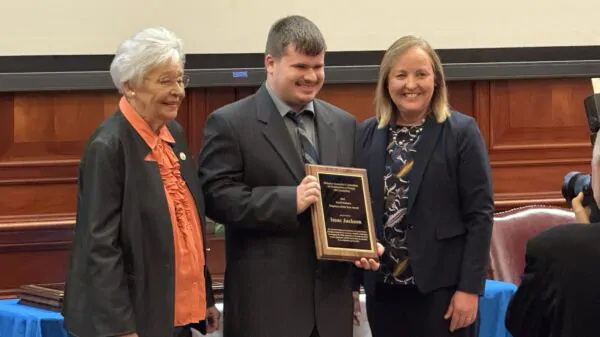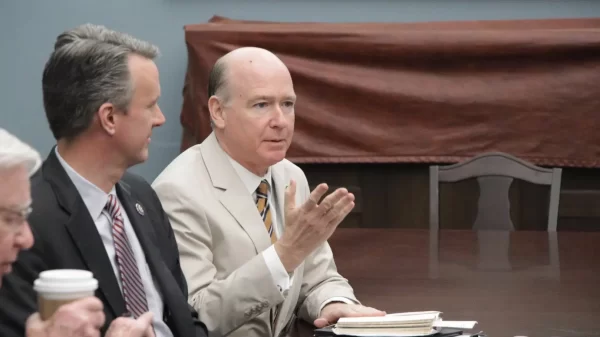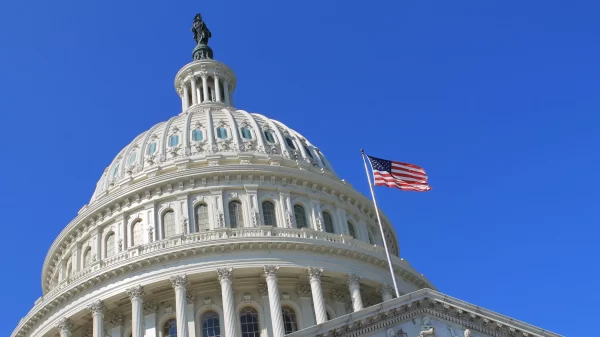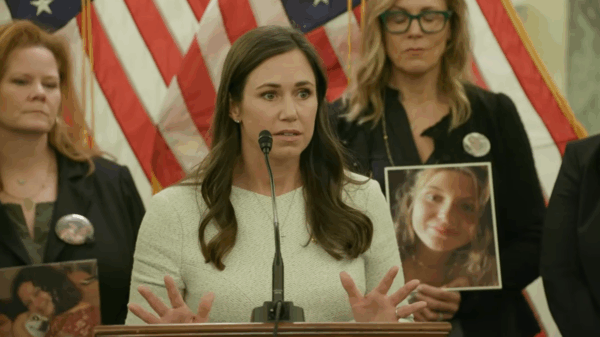While I can personally attest to some of the drawbacks of getting older, I am learning that there are some obvious benefits—besides qualifying for the “Senior” discount at Burger King. Time does provide the opportunity to see and experience more and it enables me to step back more easily to see a bigger picture.
I recently read an article that was critical of the Alabama Legislature’s leadership, or more accurately the lack thereof, in addressing a litany of issues. While I initially filed this away in my “armchair quarterback” file, the more I thought about it, the more I felt compelled to offer a different perspective.
For the last 20 years, I have had the honor of representing Alabama’s forest landowners, loggers, foresters, and forest products manufacturers. Alabama’s forest industry is the second largest manufacturing industry in the state, creating $36 billion in economic activity and jobs for more than 123,000 workers.
Across all 67 counties, forest products manufacturers rely on the state’s 23 million acres of forests, and on the men and women who sustainably manage, harvest, and manufacture essential goods from those timberlands. The long-term strength of this workforce—and the future of the forest industry—hinges on positive outcomes in our state’s education system.
Since education is critical in preparing students to enter the workforce, let’s look at what our state Legislature has accomplished to improve educational opportunities for Alabama’s students—not just in recent sessions, but over the long term.
Rolling Reserve Act (2011)
This Act represented a paradigm shift in how education funds were appropriated. Prior to the Act’s passage, the Legislature based the education budget on projected revenues for the upcoming fiscal year and spent every dollar.
When revenue projections fell short, as they often did, the governor would declare proration, triggering painful midyear cuts to schools. After passage, appropriations are limited to a baseline amount equal to the previous five years’ actual revenues. If actual revenues exceed appropriations, the extra funds go to a rainy-day savings account and the Advancement and Technology Fund, providing funding for school infrastructure needs.
This year those extra funds were nearly $1.2 billion. More importantly, since the Act’s passage, there has been no proration. This stabilization of the state’s education funding and the direct support of school infrastructure is arguably one of the Legislature’s greatest accomplishments.
Alabama Accountability Act (2013)
This Act established a scholarship program to support low-income families who were zoned for failing schools. The program allows eligible students to utilize scholarship funds, managed by non profit Scholarship Granting Organizations and funded through tax-deductible donations, to transfer to private or out-of-district public schools.
We strongly supported this bill, knowing that a competitive environment would increase accountability and improve outcomes.
Alabama School Choice and Student Opportunity Act (2015)
This Act established further accountability for school systems by allowing for the formation and operation of public charter schools which provide high quality educational options for all students, especially those zoned for low-performing schools.
Alabama Literacy Act (2019) / Alabama Numeracy Act (2022)
The Alabama Literacy Act is focused on improving reading proficiency for public school students in grades K-3 to ensure that all students can read on grade level by the end of third grade. The Alabama Numeracy Act is likewise focused on improving math instruction for K-5 students.
Reading and math proficiency is critical to students’ success and quality of life, and prioritizing the evaluation of these skills early ensures students have a firm foundation for future learning.
Alabama College and Career Readiness Act (2023)
This Act requires public school students to earn one or more college or career readiness indicators to graduate, some of which afford students first-hand experiences with in-demand jobs critical to our state.
In 2017, the forest industry rolled out ForestryWorks’ “Forest Worker” Curriculum and Career Readiness Indicator and nearly 9,000 students have been certified since. This Act provides further incentives for students to pursue industry credentials, strengthening the future workforce.
Creating Hope and Opportunity for Our Students’ Education (CHOOSE) Act (2024)
Like school choice legislation passed in states across the country, the CHOOSE Act established state-funded, refundable income tax credits (Education Savings Accounts) available to cover tuition, fees, and other qualified educational expenses across public, private, and homeschool education. With $180 million funded for FY26, the state is currently granting $7,000 per student enrolled in a participating school and $2,000 for students participating in a home education program for school choice.
Renewing Alabama’s Investment in School Excellence (RAISE) Act (2025)
The RAISE Act established a new funding formula based on individual student needs for public K-12 schools. In addition to funding received from the traditional Foundation Program, the RAISE Act allows schools to receive needs-based funding through a weighted model, which allocates funds for the number of students in poverty, special education, English language learners, gifted students or those attending a public charter school.
Funded at $130 million for Fiscal Year 2026, this investment in our education system provides additional funding where needed most and is a great stride forward, especially for rural Alabama.
These are but a few of the highlights of accomplishments of the legislature in the education arena. So, what is the current state of education in Alabama? Some would answer this question by highlighting the failures of our education system and assigning blame. While I agree that our education system is underperforming, I am equally convinced that criticism alone is both counterproductive and intellectually lazy.
The more thoughtful response is, “It depends.” We are still too low on too many lists of education outcomes. However, when you drill down further to the local level, the picture looks different. Some schools are at the top of their game, providing students with outstanding opportunities, while others continue to lag behind.
So, what is the difference between the high and low performing schools? In the past the education establishment said the problem was funding. They said, “Give us more money and outcomes will improve.” However, as education budgets have increased, outcomes have not followed suit. Further, some of the schools with consistently better outcomes are in rural communities where local funding is less. Adequate funding is needed but more funding is not the answer.
So, what is the difference between high and low performing schools? To answer, consider this question, WHO is responsible for the current performance of our education system? (Here is where I start meddling!)
All of us are responsible! State and local governments are responsible for establishing education policy and providing the resources necessary for success. Schools and school systems are responsible for utilizing those resources to effectively educate students and improve outcomes. And local communities including parents, citizens, community leaders, and business and industry are responsible for supporting their schools and holding them accountable for student outcomes.
President Theodore Roosevelt once gave a speech that has come to be known as “The Man in the Arena.” Here is a relevant excerpt:
“It is not the critic who counts; not the man who points out how the strong man stumbles, or where the doer of the deeds could have done them better. The credit belongs to the man who is actually in the arena, whose face is marred by dust and sweat and blood; who strives valiantly; who errs, and comes short again and again, because there is no effort without error and shortcoming; but who does actually strive to do the deeds; who knows the great enthusiasm, the great devotions; who spends himself in a worthy cause; who at best knows in the end the triumph of high achievement, and who at worst, if he fails, at least fails while daring greatly, so that his place shall never be with those cold and timid souls who know neither victory nor defeat.”
Looking back over the last 20 years that I have been working with the Legislature, I would say that they are “in the arena,” working diligently to craft education policy and provide the resources needed to improve outcomes and prepare students to enter the workforce.
The current leadership in the Alabama Senate (Lieutenant Governor Will Ainsworth, Pro Tem Garlon Gudger, Majority Leader Steve Livingston, Minority Leader Bobby Singleton, and Finance and Taxation Education Committee Chair Arthur Orr) and in the Alabama House (Speaker Nathaniel Ledbetter, Speaker Pro Tem Chris Pringle, and Ways and Means Education Trust Fund Chair Danny Garrett) are definitely “in the arena.” I hear their commitment to improving student outcomes in what they say, and I see the actions they take to expand students’ access to quality education.
Can they do more? Sure! The more relevant question, however, is can we do more? Absolutely! That’s one of the reasons that our organization continues to expand our efforts to support rural schools, provide resources to teachers to better equip them to teach math and science, engage students to provide education and training needed as they enter the workforce, and to encourage our member companies to engage with their local schools.
I have lived, worked, and raised seven children in Alabama, and there is no place I would rather be. (To be fair, my incredible wife did more of the “raising” but that is another story.) The cost of living in Alabama is lower than 45 other states and the average state and local tax burden is the lowest in the nation. Our property taxes, especially important to all of us who are homeowners, are the lowest in the nation. If you like the outdoors, we’ve got it all—abundant fishing opportunities, world class hunting, and an incredible diversity of natural landscapes.
Alabama is also a great place to run a business, especially for those of us in the forestry business.
But it will not always be that way if we do not do our part. I am grateful for our elected leaders. I am grateful for our educators. But we ALL have a role to play—so get up out of your armchair, roll up your sleeves, and join us in the arena. Alabama’s students are counting on us.





